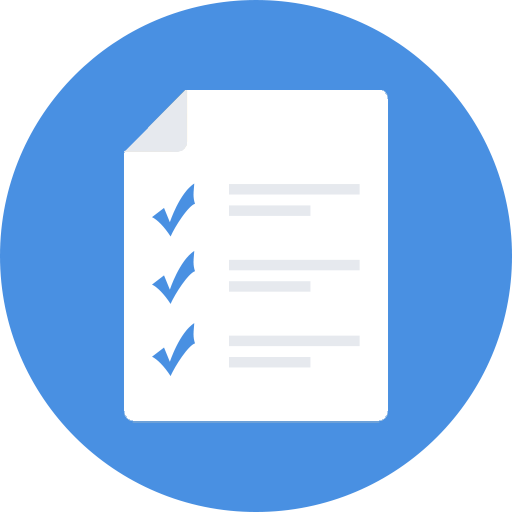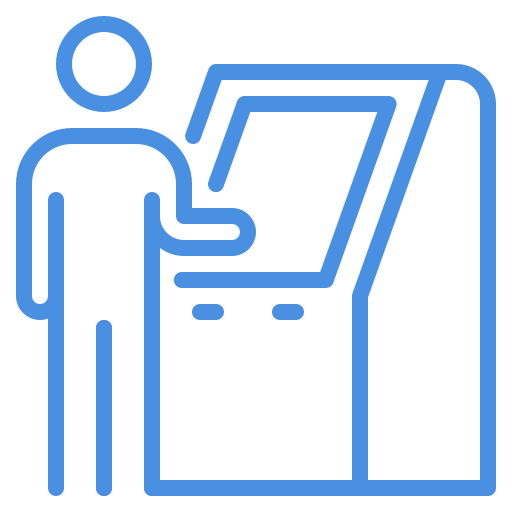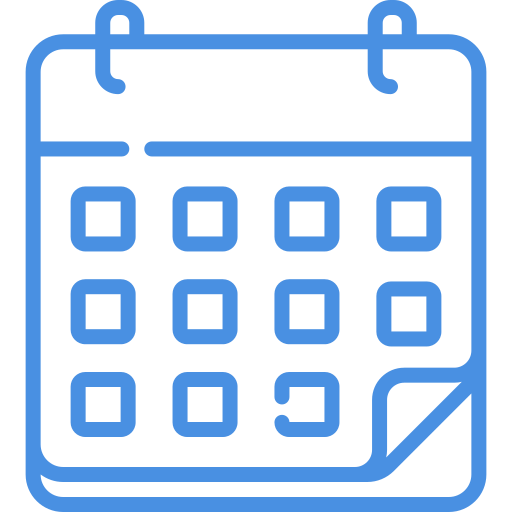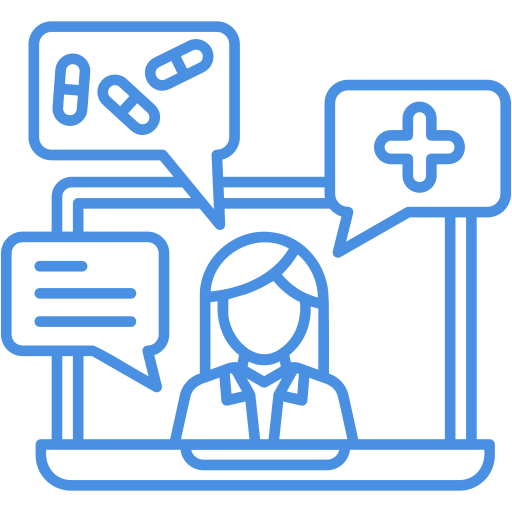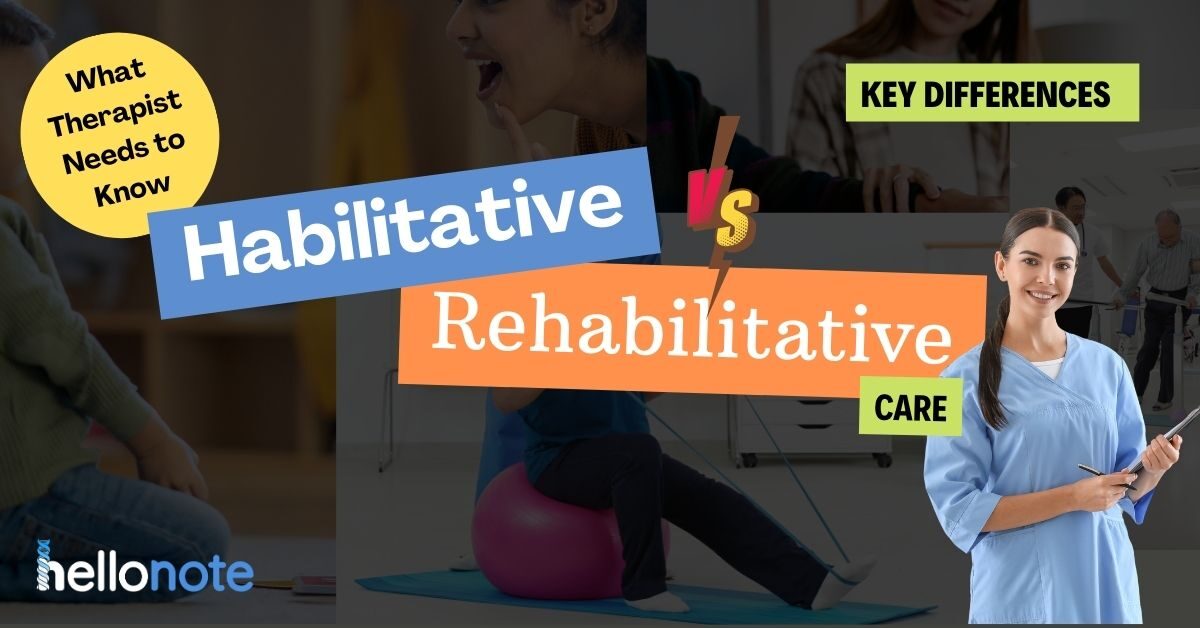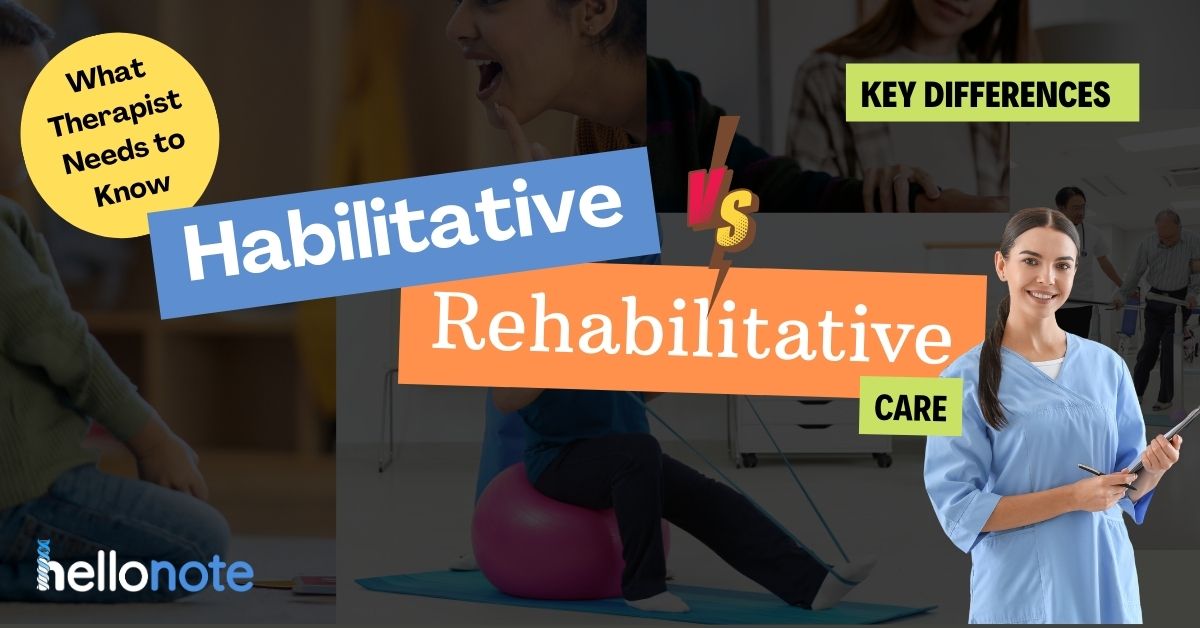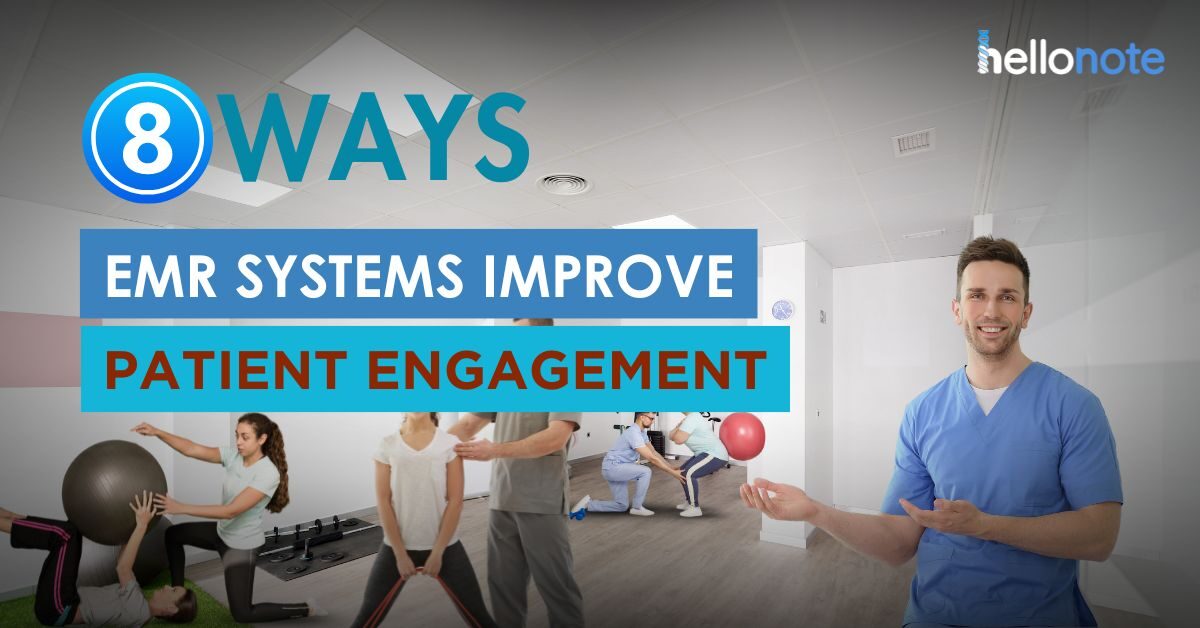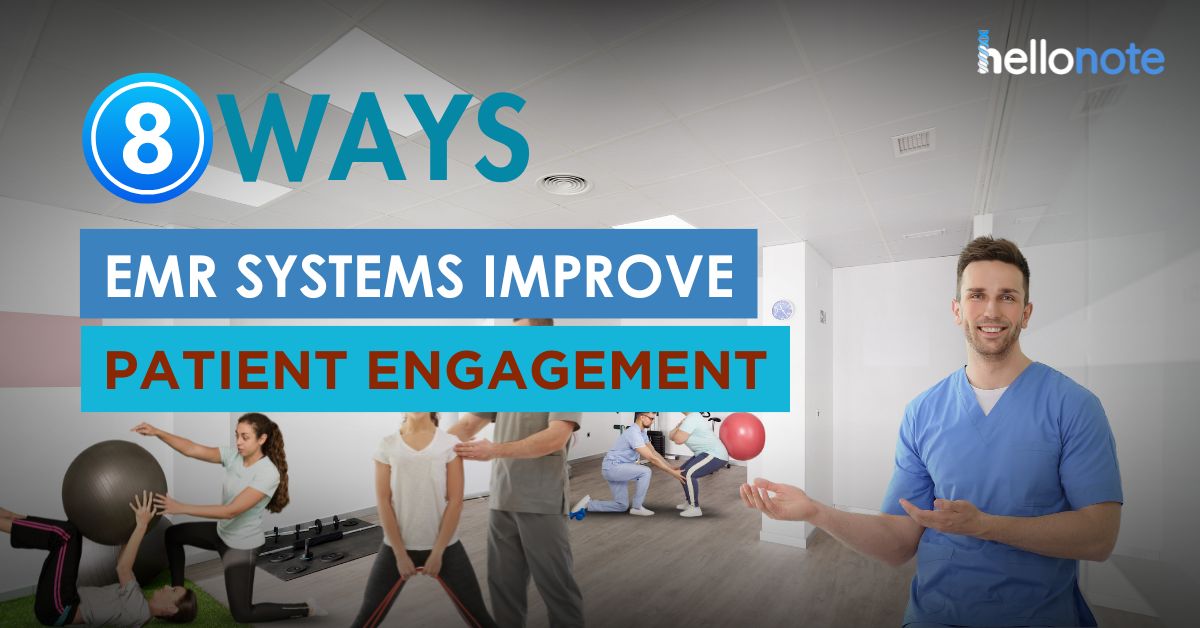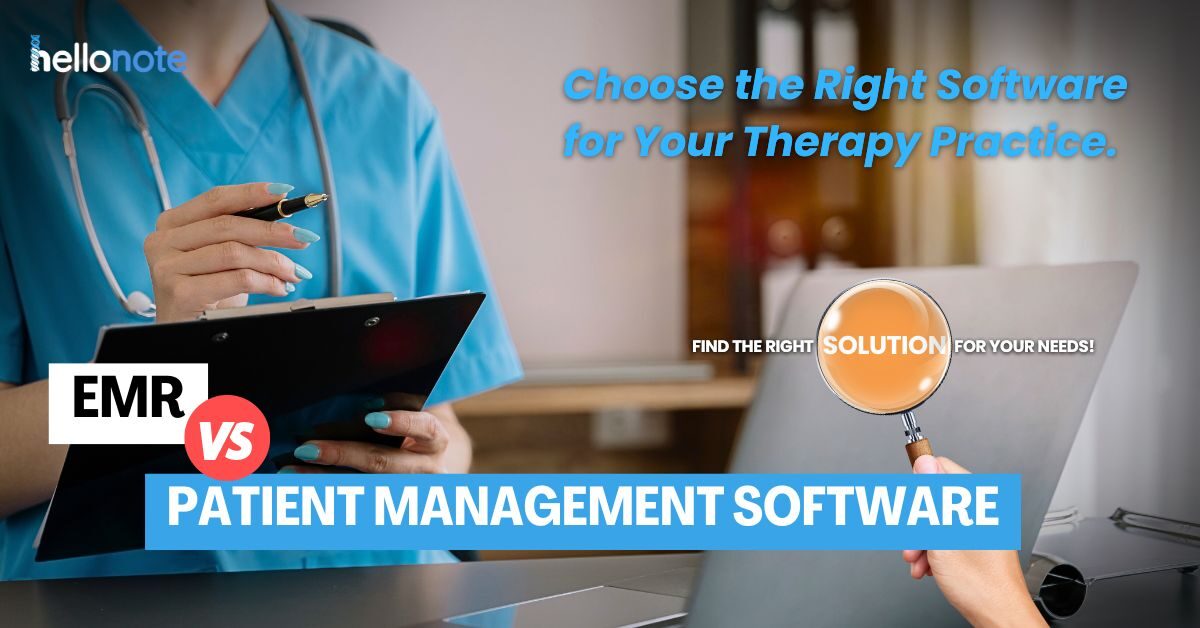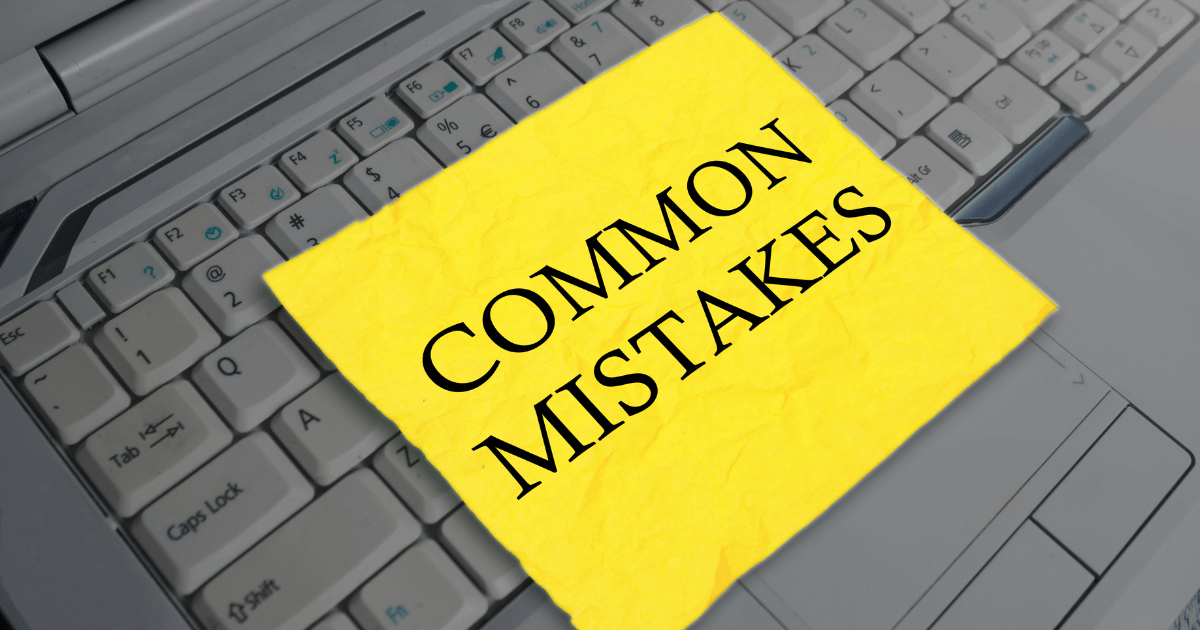How UnitedHealthcare’s Prior Authorization Is Hurting Therapy Practices and Patients
How UnitedHealthcare’s prior authorization policies impact therapy practices and patient care. Discover challenges faced by providers and how it affects patient access to services.
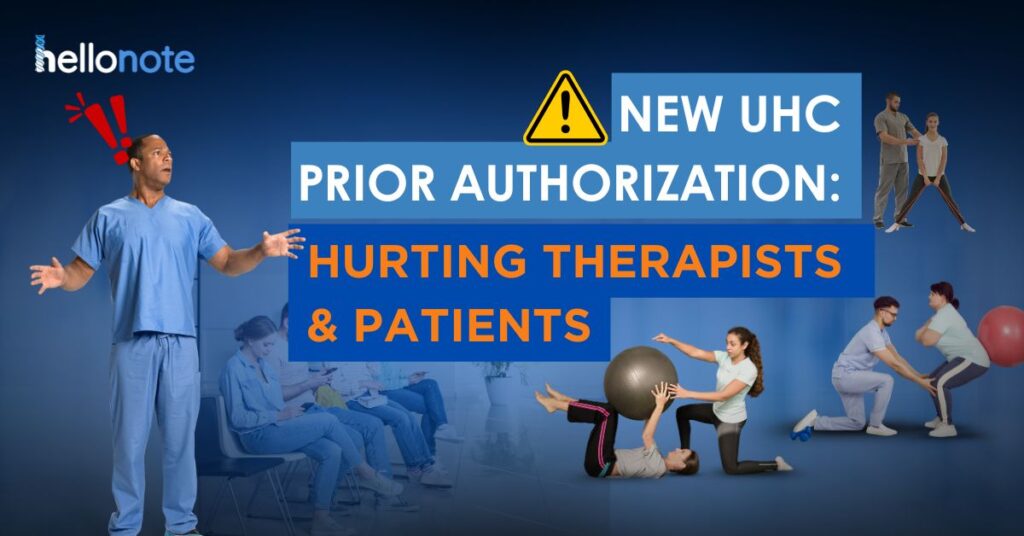
On September 1st, 2024, UnitedHealthcare (UHC) introduced new prior authorization requirements for outpatient physical, occupational, and speech therapy services under its Medicare Advantage plans nationally. These changes took many providers by surprise, with therapists and patient advocates reporting widespread confusion and frustration due to UHC’s poor communication and problematic rollout. In case you missed that update; you can read the article we wrote about it “Adapting to UnitedHealthcare Clinical Submission Requirements 2024”.
In the weeks following the implementation, numerous issues have surfaced, with therapists facing extensive delays in authorizations, reduced treatment sessions, and a growing administrative burden. For patients, this means a disruption in care—particularly concerning for those relying on timely, consistent therapy to manage chronic conditions or recover from injuries.
Impact on Patient Care
One of the most immediate and concerning outcomes of UHC’s new prior authorization requirements is the direct impact on patient care. Therapies like physical, occupational, and speech therapy depend on regular, uninterrupted sessions to deliver meaningful progress. When authorizations are delayed or reduced, patients experience setbacks that can be difficult to overcome.
Many therapists are already reporting significant delays in receiving approvals for treatment sessions. This disruption in care continuity can hinder recovery for patients who require ongoing therapy, particularly those with chronic conditions or post-surgery rehabilitation needs. The emotional toll is also evident, with some patients expressing frustration and even breaking down in tears over the uncertainty of when—or if—they’ll receive the care they need.
Adding to the issue, many authorization approvals grant fewer sessions than therapists initially request. This not only undermines a therapist’s clinical judgment but also places unnecessary limits on patients’ ability to achieve their full recovery potential. Each patient is unique, and cookie-cutter authorization policies fail to address the individualized nature of therapeutic care.
Financial Strain on Practices
For many therapy practices, particularly smaller or independent clinics, UnitedHealthcare’s new prior authorization system is creating a significant financial burden. The delays in receiving authorizations leave therapists in a difficult position: continue treating patients without certainty of reimbursement or deny patients the care they need. Neither option is sustainable.
Therapists face the very real risk of providing services without payment if prior authorizations aren’t approved in time. With this policy affecting practices nationwide, smaller practices—already operating on tight margins—are in an even more precarious financial position. Many simply cannot afford to offer care without the guarantee of payment, and the fear of losing income has become a serious concern for therapists across the country.
Furthermore, the increased administrative workload has added to the financial strain. Practices are now dedicating more time and resources to navigating UHC’s problematic system—waiting on hold for hours, resubmitting requests, and managing faulty portals—all while patient care takes a back seat. The additional administrative time is both costly and frustrating, diverting energy away from the core mission of helping patients.
Erosion of Patient Trust and Emotional Toll
The impact of UnitedHealthcare’s prior authorization delays extends far beyond logistical and financial issues. For many patients, especially those in the Medicare population, these delays are more than just frustrating—they’re emotionally devastating. Therapists have witnessed patients break down in tears due to postponed or denied care, leaving them feeling helpless in a system that seems indifferent to their needs.
This erosion of trust not only affects patients’ confidence in the healthcare system but also strains the therapist-patient relationship. Despite therapists’ best efforts to advocate for timely care, the limitations imposed by UHC’s process can make it appear as though the therapist is at fault when treatment is delayed or denied. Patients may not fully understand the complex insurance barriers at play, and when they don’t receive the care they were expecting, their dissatisfaction can sometimes be unfairly directed at the therapist.
Additionally, the emotional toll on therapists themselves is significant. Knowing that a patient isn’t receiving the necessary care despite your recommendations can be demoralizing. As healthcare providers dedicated to improving lives, therapists feel a deep sense of responsibility toward their patients’ well-being, and UHC’s administrative barriers are making it harder to fulfill that commitment.
Lack of Communication and Support from UHC
Another critical issue is UnitedHealthcare’s failure to communicate effectively with therapists and practices. The abrupt rollout of the new prior authorization requirements came with little warning, leaving many providers scrambling to adjust. Notices were often delayed, unclear, or entirely missing, causing widespread confusion about the new policies. For many, the first indication of these changes came only when patients were already being denied services.
This lack of transparency extends to the ongoing issues with UHC’s systems. Therapists have reported system outages, excessively long wait times, and overall difficulty in navigating UHC’s portal to submit authorizations. Instead of providing the support needed to transition smoothly, UHC’s communication channels have been largely unresponsive, exacerbating the frustrations of therapists who are trying to advocate for their patients.
The exclusion of physical therapists from UHC’s “gold card” program is another sore point. This program allows certain physician specialties to bypass the prior authorization process altogether, yet therapists—despite their essential role in patient recovery—have been left out. This exclusion adds to the growing sense among physical therapists that they are being undervalued, and that their voices are not being heard within the broader healthcare system.
Harm to the Healthcare System
UnitedHealthcare’s new prior authorization requirements are not only damaging to therapists and patients—they are also counterproductive to the healthcare system as a whole. Physical, occupational, and speech therapies are among the most cost-effective treatments available. By delaying or limiting these services, UHC risks increasing healthcare costs in the long run. For patients who are unable to receive timely care, minor conditions may worsen, leading to more invasive and expensive interventions such as surgeries or long-term medication.
Moreover, the restrictions placed on therapy sessions could exacerbate healthcare inequality. Smaller practices, particularly those in underserved or lower-income communities, are hit hardest by the financial strain caused by these delays. When practices are forced to turn away patients or risk not being paid, access to essential therapy services becomes even more limited for vulnerable populations. This not only harms patient outcomes but also disrupts the role that therapy plays in preventing larger health issues down the line.
By creating additional barriers to affordable care, UHC’s policies contradict their supposed aim of reducing healthcare costs. The immediate financial burden may shift to patients and practices, but the long-term strain will inevitably fall on the healthcare system as a whole.
UnitedHealthcare’s new prior authorization requirements are a stark reminder of the disconnect between policy and patient-centered care. While intended to control costs and ensure appropriate treatments, these requirements are instead creating a heavy burden on therapists, patients, and the healthcare system. From delays in patient care and reduced therapy sessions to financial strain on practices, especially smaller ones, the fallout is widespread and damaging.
For therapists, the most concerning aspect is how these policies undermine the very essence of our work—ensuring timely, effective care for our patients. It’s disheartening to see clinical judgment overridden by arbitrary limits, leaving patients with insufficient care. The lack of communication from UHC and the exclusion of therapists from solutions like the “gold card” program only adds to the frustration.
Ultimately, this policy risks setting back progress in patient outcomes, increasing healthcare costs, and deepening healthcare inequality. The therapy community is committed to advocating for patient well-being, but without adequate support and communication from insurers like UHC, it becomes an uphill battle. Change is urgently needed to ensure that prior authorization requirements don’t continue to harm both patients and the healthcare system.
Is your practice struggling with the impact of UnitedHealthcare’s prior authorization policies? Learn how HelloNote’s seamless integration can streamline your billing process and reduce administrative burdens. Stay focused on patient care—schedule a demo with HelloNote today!
Here is the updated article as of January13, 2025 about the New UnitedHealthcare® Policy Streamlines Therapy Services for Medicare Advantage Members.

